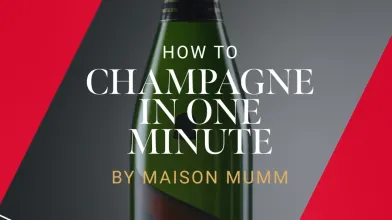Ever since the original preacher of the dance floor, Mr Chuck Roberts declared that “House Music Was Born”, and legendary DJs such as Frankie Knuckles, Juan Atkins, DJ Pierre and Farley ‘Jack Master’ Funk (to name a few) began playing their exciting new music to dance floors, people of all colours, religions and sexual orientations have been coming together to express their freedom and dance with each other in love and harmony.
More than 40 years later the music, style and energy first presented by those early pioneers resonates around the world and has been adopted by clubbers, DJs and party people of all, genders, races and backgrounds.
History, Shot! Dance music that pushed cultural boundaries
23 February 2023
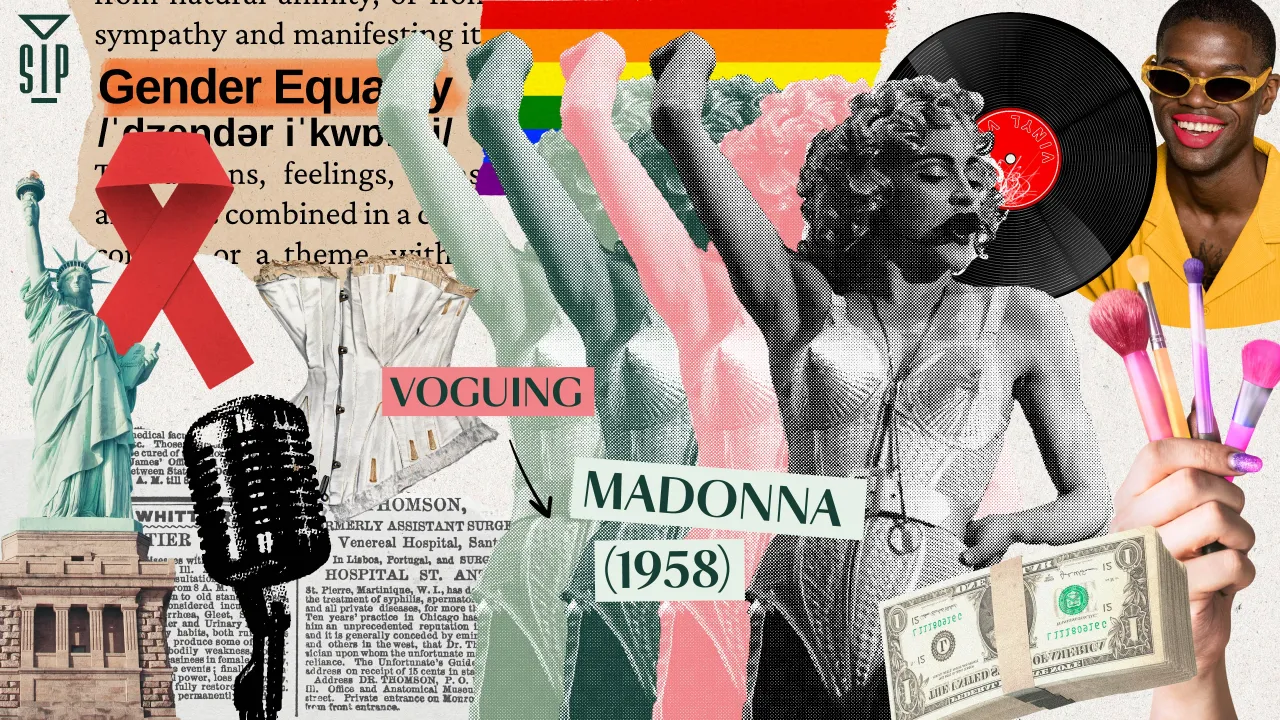
Electronic Dance Music in all of its variations, be it House, Electro, Techno or Drum & Bass, right up to today’s stadium-filling global EDM scenes, all have their roots firmly planted in a racially diverse LGBTQ+ communities.
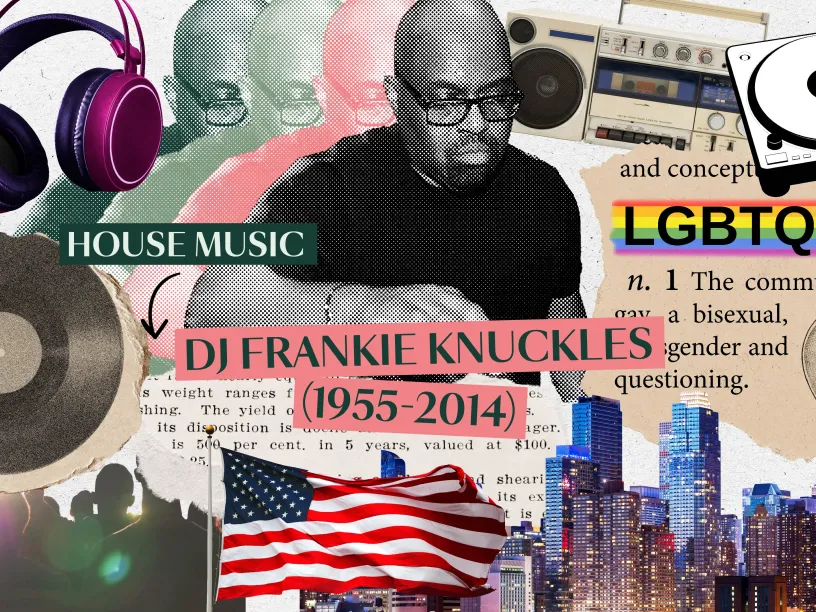
DJ Frankie Knuckles
In the beginning…
1980s (1984)
As Disco started to fade in the mid 80s, Chicago’s Gay, Black and Latino party-goers started looking for a new place to express themselves, making their way to the now legendary Warehouse nightclub where DJ Frankie Knuckles took control and started experimenting with a blend of European electronica and edits of disco classics.
But it was when he added a drum machine to the mix that a new style of music was born. They called it “House” (music played at the Warehouse) and the dance floor went wild to this unique dance music. It didn’t matter where you were from or what you looked like, if you made it onto the dance floor you were part of a family. Electronic dance music’s humble beginnings can be traced back to a Gay Black man playing to people who were searching for pleasure and freedom from racism, homophobia and rules.
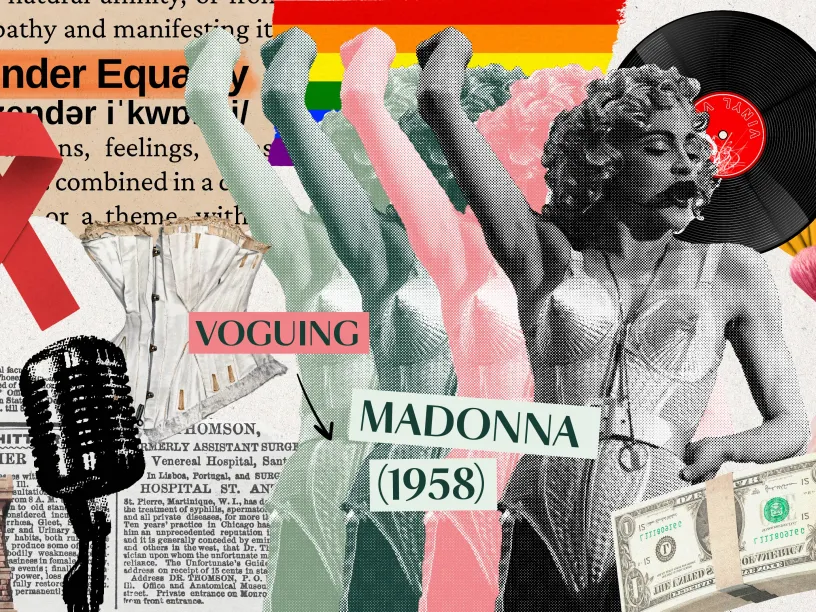
Madonna
The magic of the Ballroom
Early 1990s (1990)
With its roots in New York’s drag scene, it was in the late 1970s that Trans, Black and Latino queens began to host their own events and the Ballroom scene was born, celebrating the glamour and overt sexuality of its participants.
It was in the late 1980s that everything changed. At a time when HIV/AIDS was taking a horrific toll, particularly on Gay/Trans/Queer men, a certain young woman from Detroit revelled in the love, energy, and sexuality as well as a new dance.
Voguing was a reflection of the 80s obsession with look, style, money and celebrity, and when Madonna started to perform her hit record, a light was shone on a largely ignored community. As Madonna’s fame grew and Vogue became an international hit, it wasn’t uncommon to see straight guys and girls ‘voguing’ at clubs and wine bars across the globe, the Ballroom scene finally finding a platform to share its culture of freedom and love.
Forty years later and Trans men and women are now becoming accepted into the larger global community. This is nowhere more so than in electronic dance music where DJs like Honey Dijon (a friend and former protégée of the late Frankie Knuckles) now find themselves at the top of the industry, performing headline DJ sets at festivals and nightclubs around the world and with lucrative endorsement deals with international luxury brands.
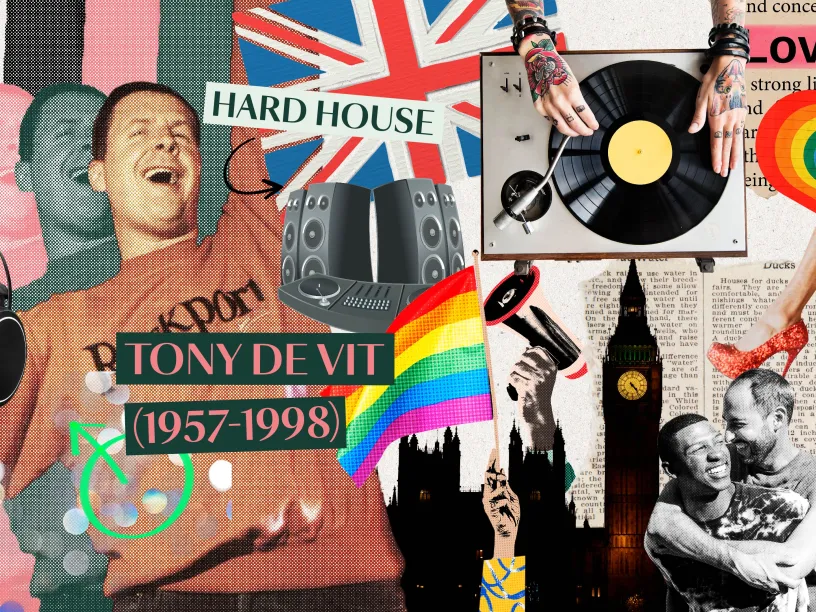
Tony De Vit
When House got Hard
Late 1990s (1995+)
In the 90s as various dance subgenres began to appear in the UK, things started to get more intense. The result of dance music’s mainstream success was that it became omnipresent on British dance floors, and as the rise of the superstar DJ began to take hold, LGBTQ+ clubbers began to search for their own sound and their own superstar DJ.
Wanting to provide a safe space for Queer and Gay clubbers to meet and party together, Lawrence Malica approached the now sadly demolished Turnmills nightclub with an idea to showcase London’s LGBTQ+ scene on a massive scale. The party, which started at 4am every Sunday after the traditional club events had finished became legendary and birthed a new harder and faster style of house music.
The party, renamed TRADE, had only the DJ to champion the sound now dubbed Hard House. Tony De Vit was an instant hit at TRADE having cut his teeth over many years as one of the UK’s premier “Gay” scene DJs. TRADE embraced him like no other. His technical skill, original musical style, and ability to flawlessly read a dance floor propelled Tony to global success, and as club promoters started to see the potential of Tony and Hard House as a lucrative alternative to mainstream dance music, LGBTQ+ culture was once again thrust into the limelight and Tony right along with it.
Tony died in 1998 of complications due to HIV infection, but his star burned bright for many years to come and he is now considered not only a pioneer of Hard House but as a bona fide legend of electronic dance music as a whole.
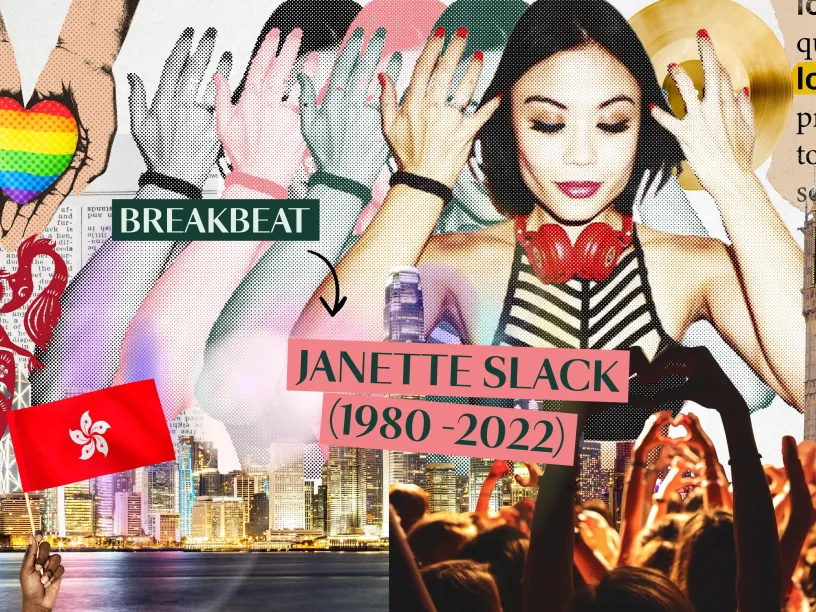
Janette Slack
Unifying Hong Kong with music, love, inclusion and hope
2010s (2019)
Born in Hong Kong to British/Chinese parents, Janette Slack soon became one of the rising stars of the then exploding BreakBeat scene but, as its bubble began to deflate, Janette took the decision to move from London back to Hong Kong and share the music and style that she'd developed whilst performing at the world’s largest fetish and body art party, The Torture Garden.
Janette was an instant hit in her home town but it wasn’t until she began her residency at the Hong Kong Gay and Queer-friendly club Petticoat Lane that she found her true home. Hong Kong’s LGBTQ+ community quickly adopted Jannette as one of their own. Her combination of fetish-inspired fashion and fierce breakbeats was a breath of fresh air to a scene that had largely become tired and cliché.
In 2019, Petticoat Lane became a beacon of freedom of expression in a city where many were feeling oppressed and censored. Janette united Hong Kong as she spread her message of love, inclusion, freedom and hope in one of the few places where you could dance, party and express yourself in whichever way you liked. At a time of social upheaval, it was a mixed-race woman with lethal breakbeats and a penchant for rubber clothing that brought the city together under one beat. Janette died in 2022 but her legacy will live on in the hearts of everyone she touched.
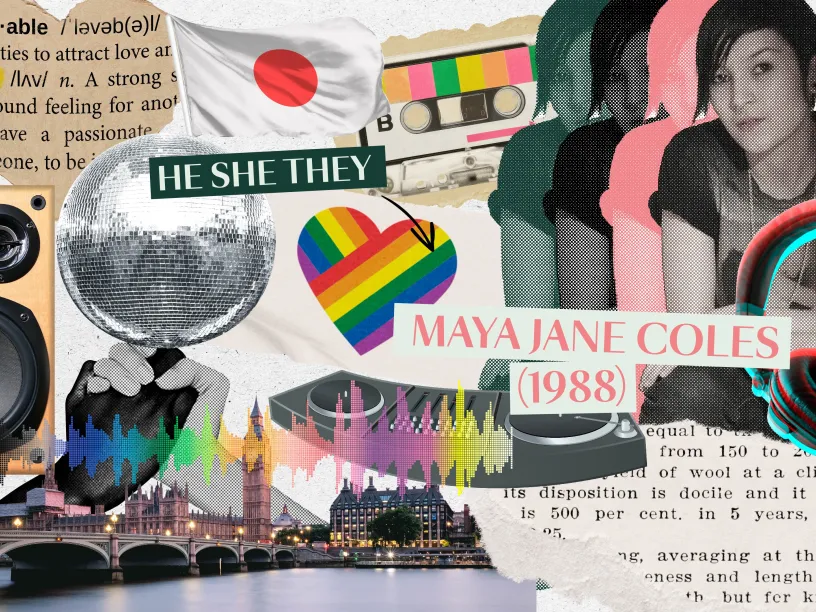
Maya Jane Coles
Everything for everyone, He She They
2020s +
As electronic dance music evolved, small-minded DJs and clubbers began to lose sight of the music’s associated roots in LGBTQ+ and racially inclusive culture. White/straight-washing the music and its events became more and more prevalent, with many white, straight individuals claiming house and techno as their own, completely ignoring the fundamentals of our culture and actively excluding people who didn’t look or think the same as them.
Hyper-masculinity also started to become a big part of many genres, but promoters/artist managers/cultural pioneers He She They saw things differently. With a mantra to bring people together instead of apart, He She They formed to actively promote artists from all walks of life and provide a creative outlet for everyone, no matter their sexual identity, pronoun or colour – and no one illustrates this feeling more than Maya Jane Coles.
Born in London of mixed British/Japanese roots, Maya soon became one of the most celebrated DJs in the world and now finds herself not only headlining parties all over the world but also topping the charts with her blend of emotional electronic music, which draws heavily on her racial heritage and sexual identity.
But these things are not what makes Maya, or He She They special. It’s the idea to support and celebrate each other no matter how different we appear to be. With Maya and He She They both at the top of their game right now, electronic dance music in all its forms is in safe hands and Frankie Knuckles’ original vision of the dance floor being a safe place of peace, love, unity and respect for all remains not only intact but right at the very front of contemporary global culture.
Researcher: Matt Rudge is a media composer, electronic music producer, DJ and custodian of culture at Our House Museum, Amsterdam.
With more than 30 years in the electronic dance music industry, playing headline DJ sets at festivals such as SONAR and ULTRA, releasing music under various pseudonyms and composing music for award winning films SODO Express, Kanzeon and Soka Africa, Matt now finds himself at Our House, a museum of electronic dance music located in Amsterdam which celebrates the scene's 40-year history of music and culture. Telling our story from its rebellious underground beginnings through to the global cultural phenomenon it has become today through a variety of interactive exhibits and installations.
www.our-house.com
Related shows
© World’s Best Bars 2024. All Rights Reserved.
Content to be shared with those over the legal drinking age only - Enjoy responsibly.
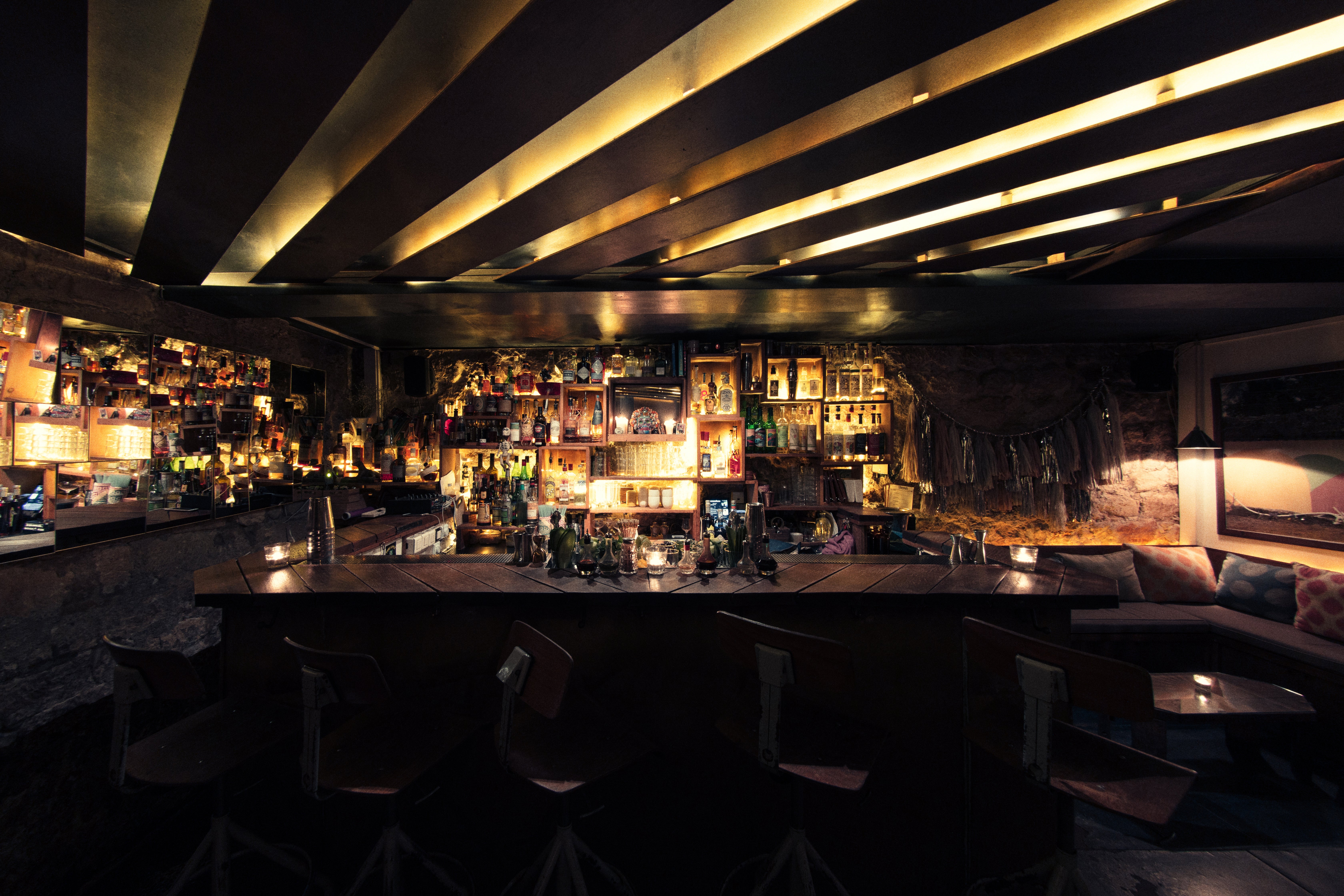
Check your email
If we recognize your account, a link to reset your password has been sent to your email address. If you haven’t received it, please check in your spam folder and add to whitelist.
Check your email
A link to activate your account has been sent to your email address. If you haven’t received it, please check your spam folder and add it to whitelist.
